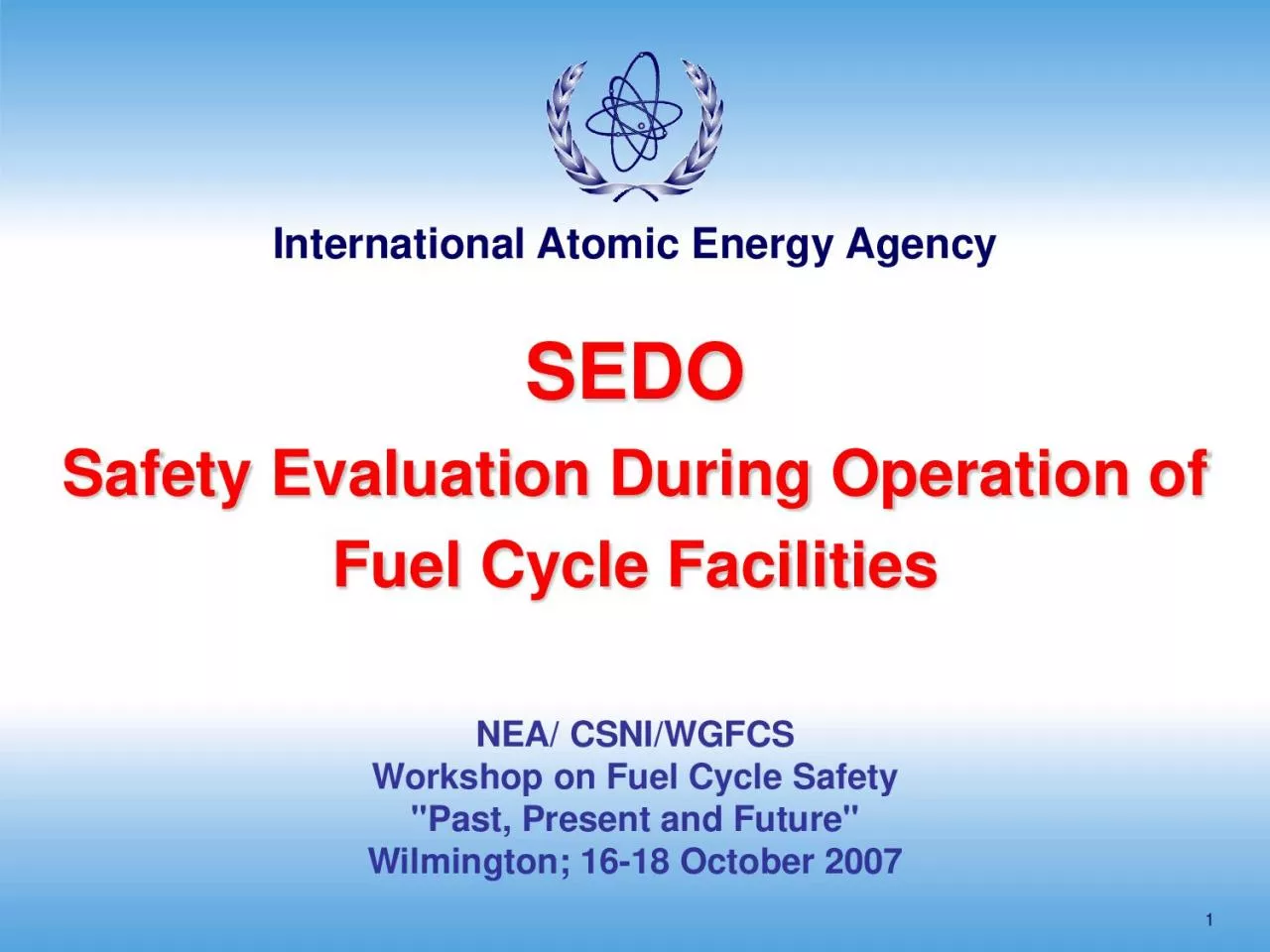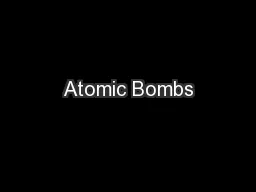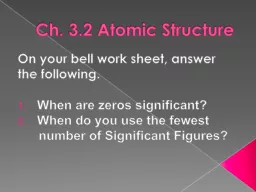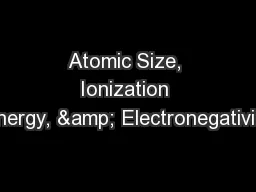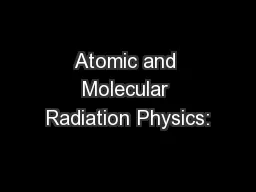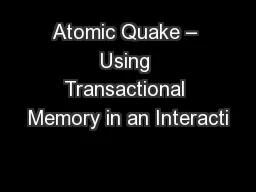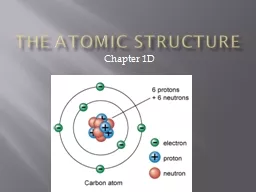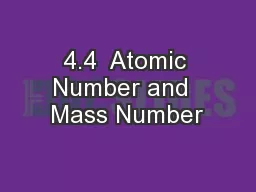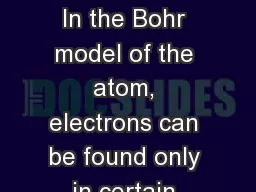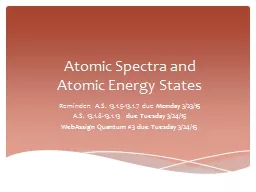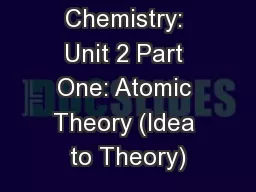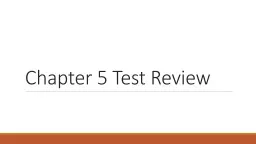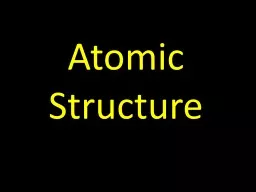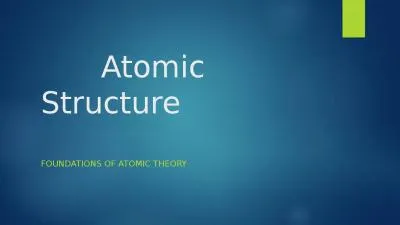PDF-International Atomic Energy Agency
Author : badra | Published Date : 2021-09-14
1SEDOSafety Evaluation During Operation of Fuel Cycle FacilitiesNEA CSNIWGFCSWorkshop on Fuel Cycle SafetyPast Present and FutureWilmington 1618 October 2007International
Presentation Embed Code
Download Presentation
Download Presentation The PPT/PDF document "International Atomic Energy Agency" is the property of its rightful owner. Permission is granted to download and print the materials on this website for personal, non-commercial use only, and to display it on your personal computer provided you do not modify the materials and that you retain all copyright notices contained in the materials. By downloading content from our website, you accept the terms of this agreement.
International Atomic Energy Agency: Transcript
Download Rules Of Document
"International Atomic Energy Agency"The content belongs to its owner. You may download and print it for personal use, without modification, and keep all copyright notices. By downloading, you agree to these terms.
Related Documents

